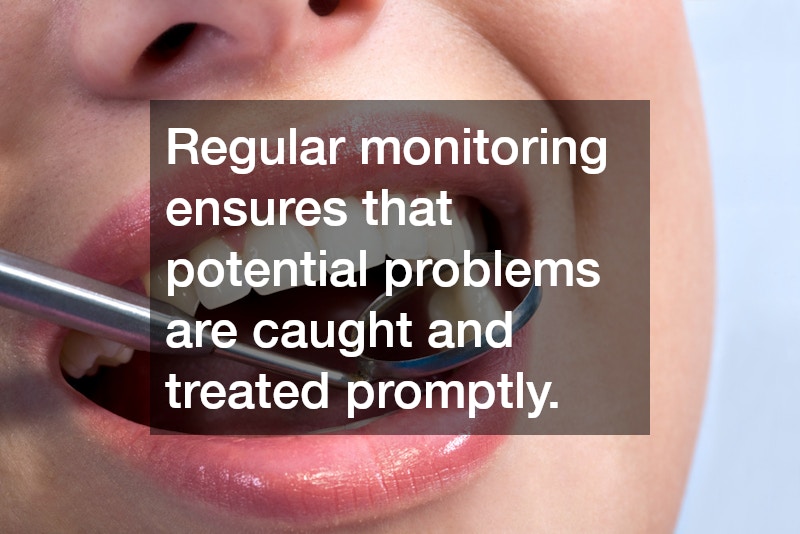Why Dentists Recommend Regular Cleanings Every Six Months
When it comes to oral health, consistency is key. Regular dental cleanings aren’t just about keeping your smile bright—they’re essential for preventing disease, maintaining fresh breath, and identifying problems before they become serious. Many people think visiting the dentist once a year is enough, but professionals have long advised that every six months is the optimal schedule. This recommendation isn’t arbitrary; it’s based on science, patient outcomes, and years of clinical evidence. Understanding why these twice-yearly visits matter can help you protect your smile and overall health for life.
The Importance of Preventive Care
Preventive care is the foundation of modern dentistry. Regular cleanings serve as the first line of defense against common oral issues like plaque buildup, gum inflammation, and cavities. Plaque—a sticky film of bacteria—forms daily on your teeth, and while brushing and flossing help, they don’t remove it completely.
During a cleaning appointment, the dental hygienist carefully removes this buildup from around the teeth and gumline. This process not only keeps your teeth polished but also helps prevent gingivitis and more advanced forms of gum disease. Even those who practice excellent at-home oral care can’t reach every nook and cranny, which is why these professional cleanings are so essential.
Preventive visits also include screenings for early signs of decay or oral cancer, allowing your dental care provider to address small issues before they escalate into major problems. These proactive measures can save you both discomfort and money in the long run.
How Regular Cleanings Benefit Overall Health
Your mouth is a gateway to your body, and oral health is closely connected to systemic health. Research shows that bacteria from untreated gum disease can enter the bloodstream and contribute to inflammation throughout the body. Chronic inflammation is linked to a higher risk of conditions such as heart disease, diabetes, and even stroke.
Regular dental cleanings help reduce this risk by keeping harmful bacteria under control. In addition, these visits give your provider the opportunity to spot early signs of other health issues that may first appear in the mouth, such as vitamin deficiencies or certain autoimmune conditions.
Moreover, cleanings support good mental well-being. A healthy smile can boost confidence and encourage better social interactions. Many patients also report feeling motivated to maintain better oral hygiene after a professional cleaning, which reinforces healthy habits between appointments.
What Happens During a Routine Cleaning
Many patients are surprised by how comprehensive a professional cleaning actually is. The process goes beyond brushing and polishing—it’s a complete oral health checkup. It typically begins with an examination where your provider looks for cavities, signs of gum recession, and any areas of concern.
Next comes scaling, where specialized instruments are used to remove tartar deposits from both above and below the gumline. This is followed by polishing to smooth the tooth surfaces, which helps prevent plaque from adhering as quickly in the future. Some cleanings also include fluoride treatment, which strengthens enamel and helps protect against decay.
Digital X-rays are often taken once a year to provide a deeper look at your oral structures. These images help detect hidden problems such as impacted teeth, bone loss, or cavities forming between teeth—issues that aren’t visible during a standard exam.
Throughout the appointment, your hygienist may offer personalized advice on brushing techniques, flossing habits, or diet adjustments. The goal is to give you the tools and knowledge to maintain optimal oral health between visits.
Why Every Six Months Matters
The six-month interval wasn’t chosen at random—it’s supported by decades of dental research and patient data. On average, it takes about six months for plaque and tartar to accumulate to levels that can irritate gums or lead to cavities. By scheduling cleanings at this frequency, you interrupt that cycle before it causes lasting damage.
However, this timeline also allows dental professionals to monitor changes in your mouth over time. Early detection is crucial for managing everything from small cavities to the first signs of gum disease. Regular monitoring ensures that potential problems are caught and treated promptly, often with less invasive and less expensive procedures.
The recommendation to visit your provider every six months is rooted in the desire to keep your smile—and your health—at its best. These appointments go far beyond a simple polish; they’re an essential part of preventive care, overall wellness, and long-term confidence. Regular cleanings remove harmful buildup, reduce your risk of disease, and give professionals the chance to catch potential issues early.
Ultimately, the effort you invest in showing up twice a year pays off in healthier gums, stronger teeth, and a brighter smile. The next time you’re tempted to postpone your appointment, remember that consistent care today prevents major problems tomorrow. Trust the expertise of dentists who have seen firsthand how routine visits protect both oral and overall health. By staying committed to this simple habit, you’re doing one of the best things possible for your lifelong well-being.




